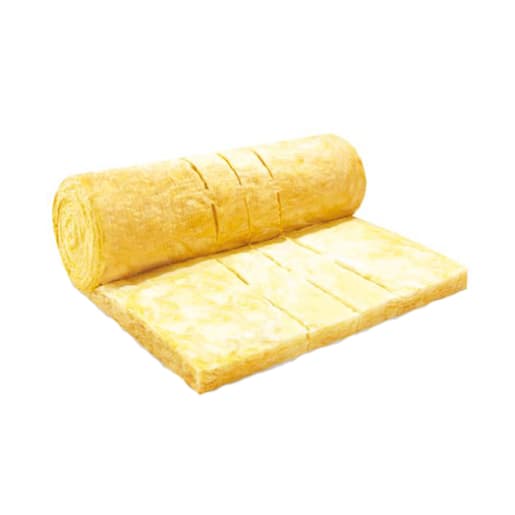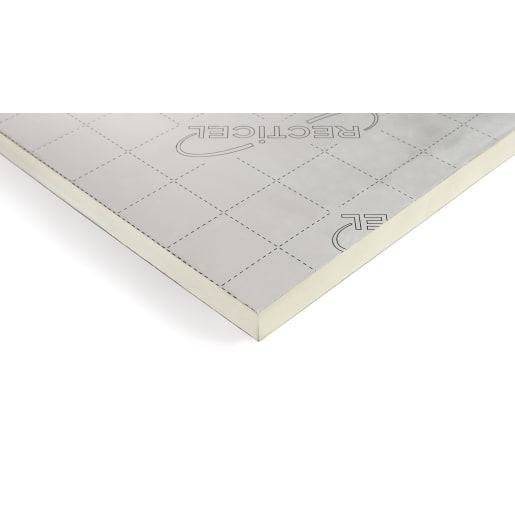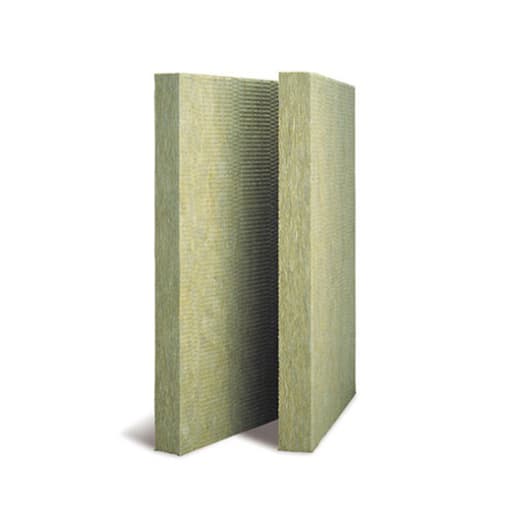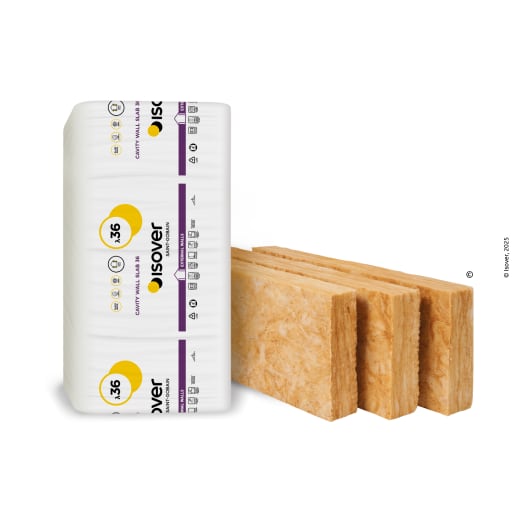Insulation does more than just keep a property warm. When installed correctly, insulation reduces sound transmissions, moisture and regulates temperatures all year round. But you may be wondering what should you insulate? What type of insulation should you use?
Maximise the effectiveness of insulation by installing it in floors, walls, roofs and garages. This reduces heat escaping through weak spots. When choosing insulation, ensure you opt for the appropriate R-value. This will depend on the area you are insulating. The higher R-value a product has, the better it will perform. We’ve put together this guide on common types of insulation to help you choose the best type for your project:
What should I insulate?
Maximise the effectiveness of insulation by installing it in floors, walls, roofs and garages. This reduces heat escaping through weak spots. When choosing insulation, ensure you opt for the appropriate R-value. This will depend on the area you are insulating. The higher R-value a product has, the better it will perform. We’ve put together this guide on common types of insulation to help you choose the best type for your project:



